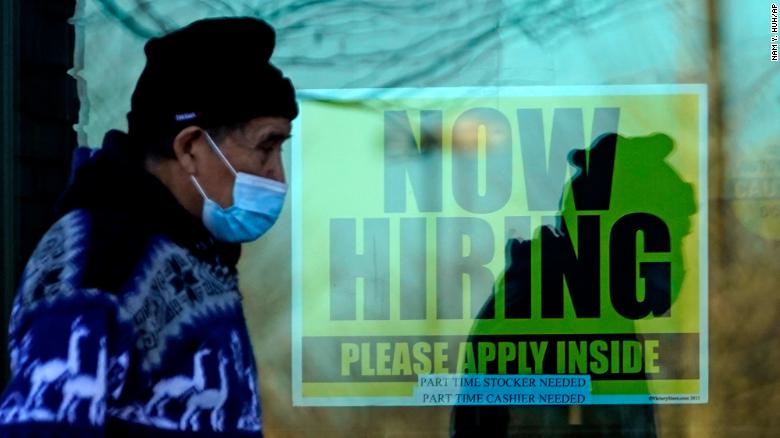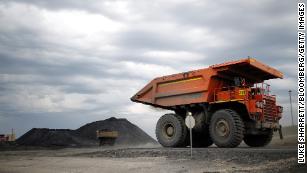begin quote from:
https://www.cnn.com/2020/12/09/business/coal-country-pain/index.html
Falling sales, job losses and bankruptcies: Pain spreads across coal country

By Chris Isidore, CNN Business
Updated 1:14 PM ET, Wed December 9, 2020
New York (CNN Business)President Donald Trump promised he would save the US coal industry. But as his tenure winds down, the industry is struggling through some of its darkest days, plagued by falling demand, bankruptcies and job losses.
The coal mining industry has lost 8,000 jobs, or 15% of its workforce, over the last 12 months, according to the November jobs report.
And last week two more coal companies, Lighthouse Resources and White Stallion Energy, both filed for bankruptcy. They were at least the fourth and fifth coal miners to file for bankruptcy in the last five months, according to information on BankruptcyData.com, following filings earlier this year by Hopewell Mining, FM Coal and CLI USA.
All were relatively small, privately held companies whose bankruptcies got little attention outside of the rural towns in the Midwest, the South and Western states, where their mines are located. But they all tell a story of pain spreading across coal country.
White Stallion, based in Evansville, Indiana, laid off virtually all of its 260 employees just before its bankruptcy filing. Lighthouse, based in Utah and operating mines in Montana, has not cut as deep but it has also laid off 76 of its 167 employees.
"In light of the challenging market conditions...we have been required to reduce costs and reorganize our business resulting in the reduction of our workforce in Montana," said Lighthouse CEO Everett King. "We are deeply saddened by this impact on individuals, families, and communities. A court-supervised reorganization process is necessary for Lighthouse ... and we have no alternative."
It's not just the smaller miners who are suffering.
Peabody Energy (BTU), one of the nation's largest coal miners, warned investors earlier this fall that its finances were shaky enough that there is now "substantial doubt" about its ability to stay in business.
It has lost $1.7 billion in the first nine months of the year and is engaged in negotiations with lenders and bond holders to try to restructure its debt.
While the company insists it has a turnaround plan, its executives don't try to hide the struggles for the company or the industry. They say that the Covid-19 pandemic and the impact on the global economy, especially manufacturing, has been a body blow for the already struggling coal industry.
"2020 has been a year unlike any other," said Peabody CEO Glenn Kellow. "Within the US, coal generation is down 24% through September as Covid has accelerated what was previously projected to be a multiyear decline in coal demand."
The troubles for coal started well ahead of the pandemic and the recession. This week the US Energy Information Administration reported that coal production last year was down 35% from 2009, the year the economy was just crawling out of the previous recession. Total production fell to the lowest level since 1978. Coal mine utilization, which compares production to capacity, was only 70% last year, compared to the 82% average from 2010 through 2014.
Increased competition from lower-cost sources of energy, primarily natural gas, has been coal's downfall -- it's not environmental regulation that's killing coal demand.
The fracking boom of recent years has not only produced more oil but it has unlocked enough natural gas to drive prices down and prompt utilities to switch from coal to gas. Falling costs for renewable energy sources such as wind and solar have also hurt.
The ongoing US-China trade dispute, which has cut demand in primary market for coal. Even though China is the one major economy to avoid a Covid-sparked recession, "Chinese imports of [Metallurgical] coal has been muted given unofficial import controls," said Peabody's Kellow.



















No comments:
Post a Comment